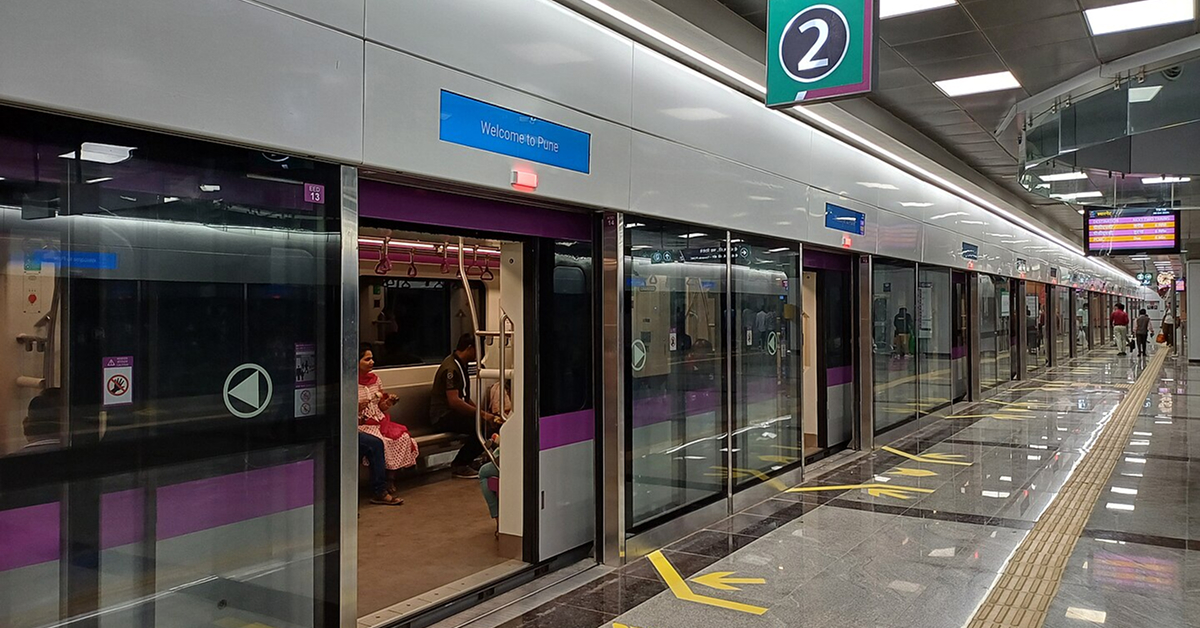
The Union Cabinet on June 25, 2025, approved critical extensions to Pune Metro’s Line 2, adding 12.75 km of elevated corridors. The project connects Vanaz to Chandni Chowk (Corridor 2A) and Ramwadi to Wagholi/Vitthalwadi (Corridor 2B) with 13 new stations. Built to enhance east-west connectivity, work is expected to begin soon and conclude within four years.
Corridor Details and Strategic Alignments
Corridor 2A spans 1.12 km and includes stations at Kothrud Bus Depot and Chandni Chowk. Corridor 2B stretches 11.63 km with 11 stations across Viman Nagar, Somnath Nagar, Kharadi Bypass, Tuljabhavani, Ubale Nagar, Kharadi Road, Wagheshwar Temple, Wagholi, Siddharthnagar, Bakori Phata, and Vitthalwadi.
These corridors will integrate with existing Metro lines at the District Court interchange, linking to Line 1 (Nigdi-Katraj) and the under-construction Line 3 (Hinjewadi-District Court). Intercity buses from Mumbai, Bengaluru, Ahilya Nagar, and Sambhajinagar will connect at Chandni Chowk and Wagholi stations.
Investment, Funding, and Implementation
The extensions carry an estimated cost of ₹3,626.24 crore. Funding will be shared equally by the Centre, the Maharashtra government, and external agencies. Maha-Metro will oversee all civil and electro-mechanical works. Topographical surveys and station planning have already started.
Maha-Metro projects that the daily ridership of Pune Metro Line 2 will reach 96,000 by 2027 and will increase to 349,000 by 2057. Project benefits include improved public transport uptake in Pune’s IT, commercial, educational, and residential zones.
Expected Impact on Congestion and Connectivity
Roads like Paud Road and Nagar Road have long faced traffic pressure. These extensions aim to ease congestion, cut travel time, and promote eco-friendly transit. Corridor 2B will also ease arterial pressure on Solapur, Satara, and Sinhagad routes.
These new Metro links will serve as a backbone for east-west movement and urban transit. By linking IT hubs, commercial centers, and bus terminals, the project lays the groundwork for integrated citywide mobility




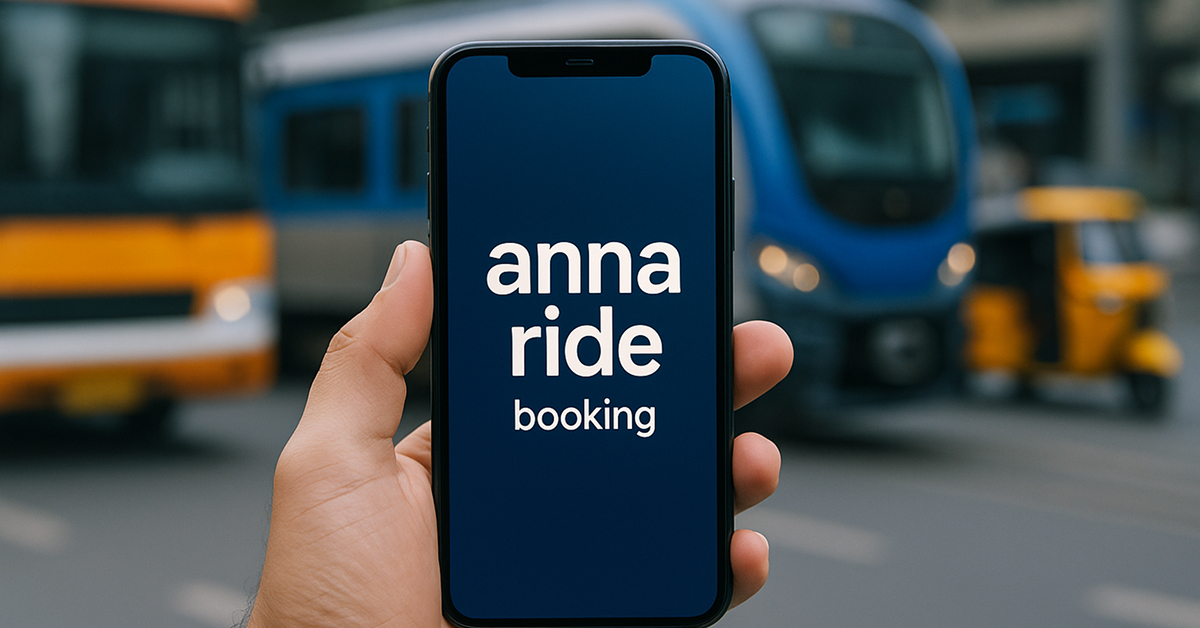

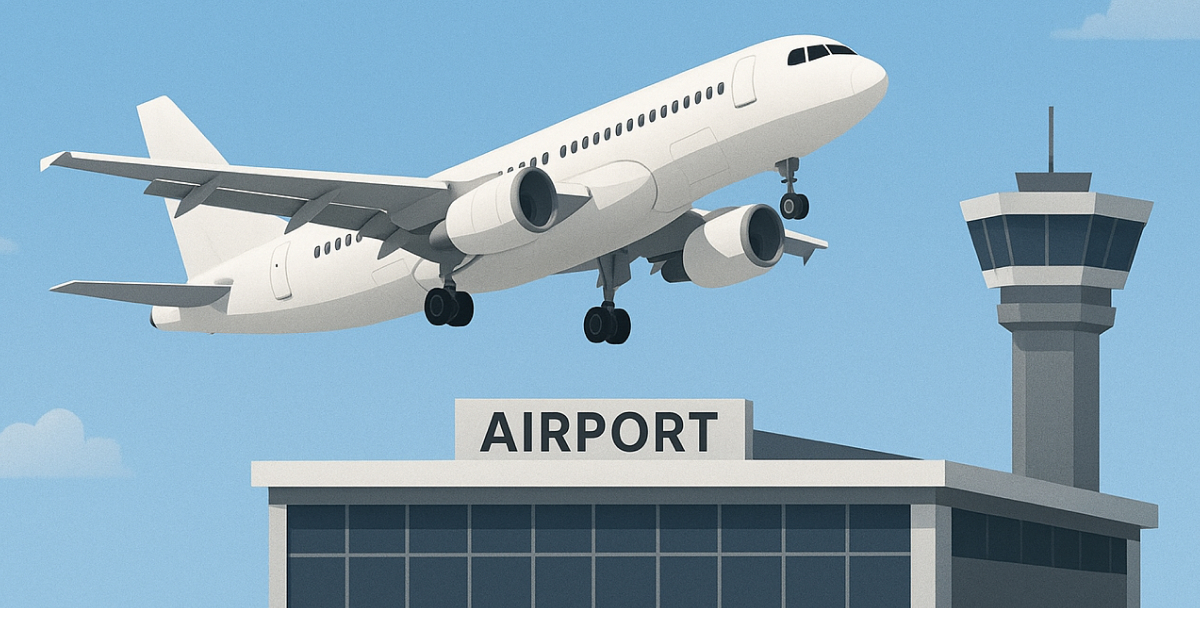


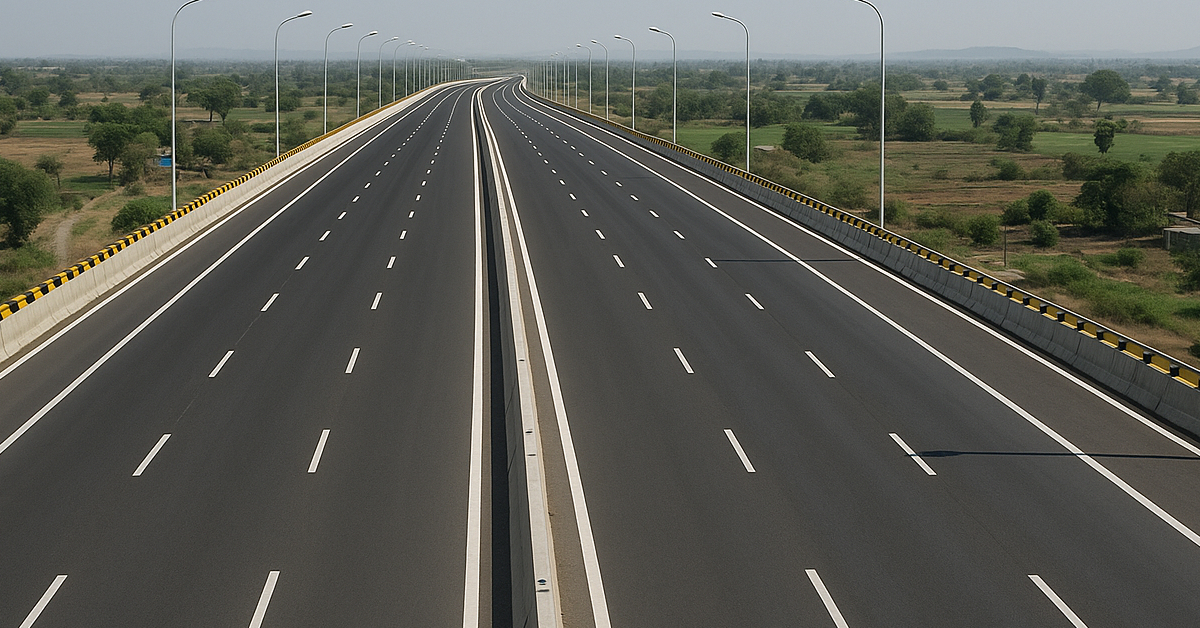
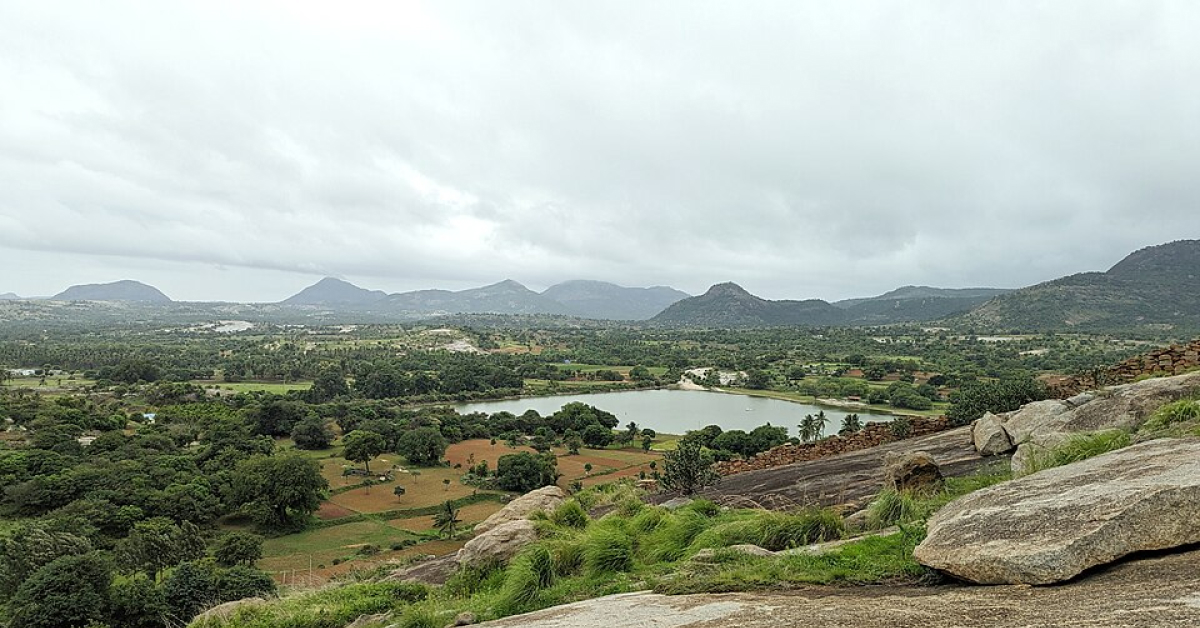
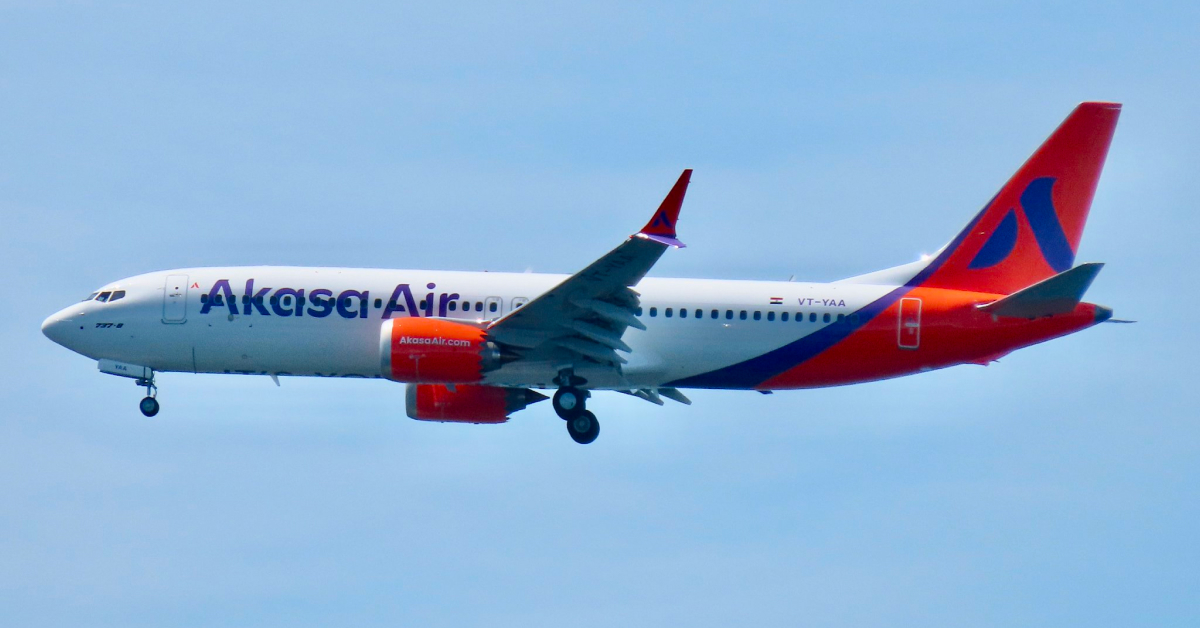




Discussion about this post